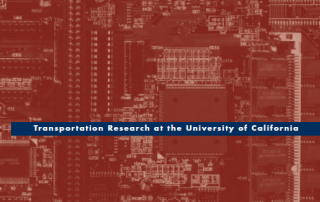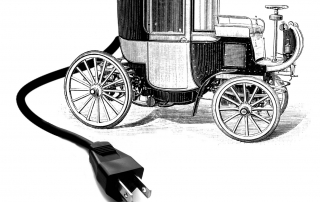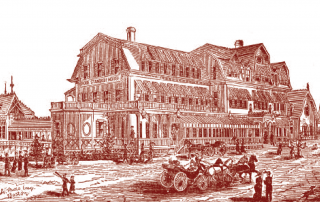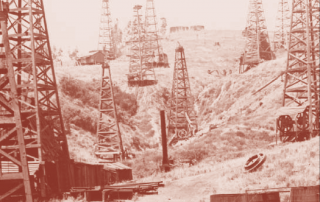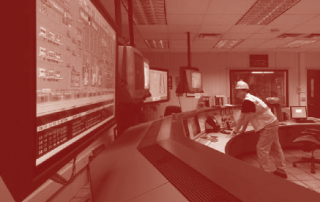ACCESS 34, Spring 2009
Introduction: Transportation Technologies for the 21st Century
Elizabeth Deakin
New technologies are transforming the way we plan, design, build, and operate transportation systems. Transport agencies use them to count traffic, detect crashes, collect tolls and fares, and manage transit operations and traffic signal systems. Travelers depend on traffic condition reports, electronic maps, on-board vehicle performance monitors, real-time transit arrival information, and a host of other services that did not exist a generation ago. Some of us are already driving hybrid vehicles or commuting in buses powered by hydrogen or biofuels. For the future, we all are counting on additional advances in transportation technology, not just to get us where we want to go, but also to reduce greenhouse gases, improve air quality, and support economic development.

